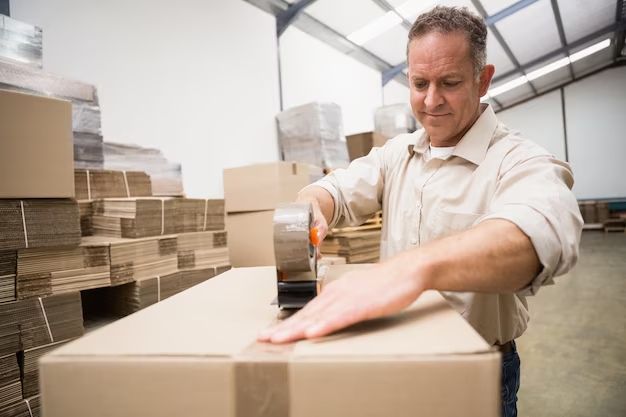How packaging trends contribute to reducing transportation costs and improving product preservation


No one really wants to talk about packaging. It’s one of those things you only think about when it goes wrong. Like when half your shipment shows up looking like it got into a bar fight, or when the boxes are twice as big as they need to be (but hey, at least the bubble wrap had a nice ride).
But here’s the truth: packaging has quietly become a logistics game-changer. Not just because of sustainability (though that’s cool too), but because the right packaging can save you real money and stop your goods from arriving dead on arrival. Let’s walk through how.
First, the Pain Point: “Why is shipping so expensive?!”
Yeah. We’ve all had that moment—staring at a freight quote that feels like it includes a first-class seat for each pallet. Here’s the deal: transportation costs aren’t just about distance or fuel.
They’re heavily influenced by:
- Weight
- Volume
- Load stability
- Handling requirements
- And, surprise—packaging.
So when someone asks, “Can’t we just stick it in a bigger box to be safe?” Well… sure. If you enjoy paying for air.
1. Smarter Shapes = Smaller Costs
This one’s simple: the more efficiently something packs, the less space it takes. Less space = fewer trucks, smaller containers, more money in your pocket. We’re seeing a big shift toward:
- Modular packaging that actually fits together without wasting space.
- Collapsible containers (great for return logistics).
- Custom-molded inserts that keep fragile stuff from shifting around like it’s on a roller coaster.
And no, it’s not always the cheapest upfront. But over 1,000 shipments? You’ll see it.
2. Material Matters (Even the Weird Ones)
There was a time when it was all cardboard and foam. Now? The packaging aisle looks like a science fair.
You’ve got:
- Inflatable air pillows that weigh next to nothing but still cushion well.
- Honeycomb cardboard (sounds delicate, works like armor).
- Biodegradable films that shrink wrap and save your conscience.
But here's the trick: lighter doesn't mean weaker—if it's designed right. We've seen entire pallets survive rain, heat, and some impressively aggressive forklifts, all because someone ditched the heavy-duty crate and went smart instead.
3. Damage = Hidden Costs You Don’t See on the Invoice
Here’s something most people forget: bad packaging is expensive in ways that don’t show up right away.
You’ve got:
- Returns and refunds
- Extra handling fees
- Customer complaints (a.k.a. lost trust)
- The chaos of reshipping on short notice
It’s not just the cost of the product. It’s the ripple effect. You don’t need to overengineer your packaging—but it does need to hold up to the worst-case version of your supply chain. Especially if you’re shipping food, cosmetics, or anything that hates moisture and sunlight. (Ask anyone who’s tried to deliver chocolate bars in July.)
4. Customization Is Finally Affordable (We Didn’t Expect That Either)
Once upon a time, custom packaging meant big bucks and long lead times. Now? Not so much. With digital printing, modular tooling, and 3D modeling, you can design packaging that fits your product like a glove—and doesn't bankrupt you in the process.
Think:
- Smaller boxes that actually match the product size
- Branding that doesn’t peel off after one rainy day
- Inserts that double as setup instructions (saves time and paper)
Bonus: your warehouse team will thank you. Easier packing = fewer mistakes.
Quick Wins: What You Can Do Right Now
If you’re not ready to overhaul your whole packaging setup, cool. Start here:
- Weigh and measure your top 5 products. Then check: are the boxes way bigger than they need to be?
- Audit your damage claims from the last 6 months. If one product keeps coming back crushed, your packaging is the culprit.
- Ask your shipping partner what costs the most. You might be shocked how often it’s related to how things are packed, not just what they are.
Final Thoughts: Packaging Isn’t Sexy, But It Works
No one’s building Instagram accounts around pallet dimensions. But if you’re in this for the long game—fewer losses, tighter margins, happier customers—this is where the quiet wins are. So yeah, maybe it’s just a box. But get it wrong, and that box will cost you more than you think. And if you're not sure where to start? Grab a couple samples, run a few test shipments, and see the difference. It doesn’t have to be perfect. It just has to make sense.

